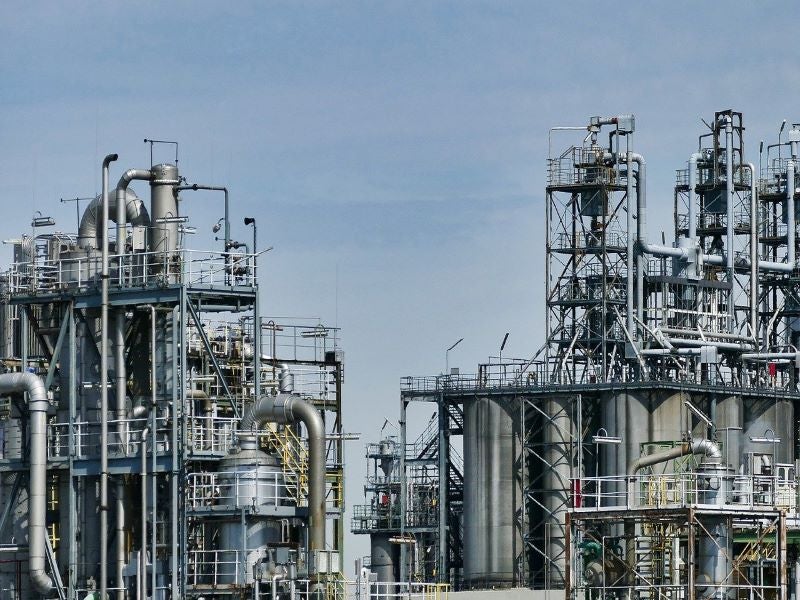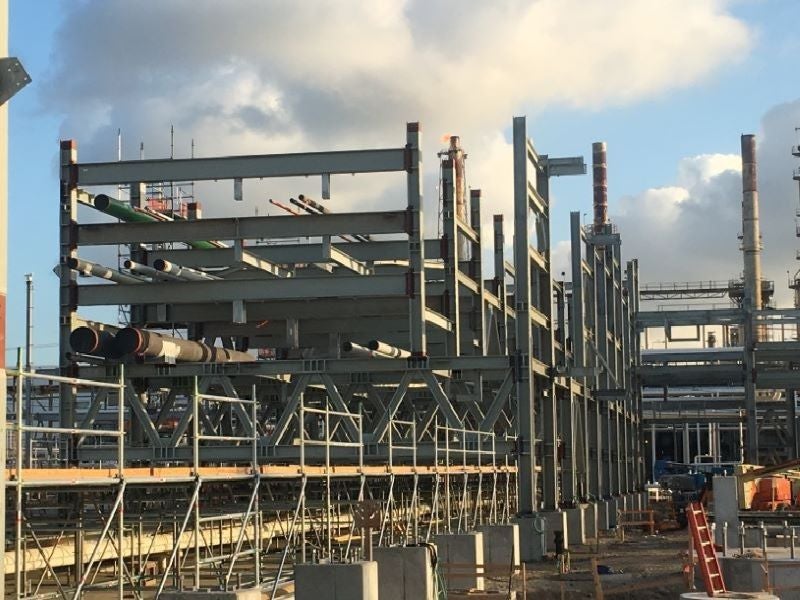Galveston Bay oil refinery, previously called the BP Texas City refinery, is the second biggest oil refinery in the US. Owned and operated by Marathon Petroleum, it has a capacity to process 593,000 barrels of crude a day (bpd).
Marathon Petroleum acquired the Galveston Bay refinery along with three natural gas liquids (NGL) pipelines and four light product terminals in the Southeast US from BP for £1.51bn ($2.4bn) in February 2013. The refinery’s capacity at the time of acquisition was 451,000bpd.
Marathon Petroleum merged its nearby 84,000bpd Texas City refinery with the Galveston Bay facility into a single refinery complex as part of the South Texas Asset Repositioning (STAR) programme in 2018.
Slated for completion in 2022, the STAR programme is intended to improve the refinery’s efficiency and reliability by upgrading the crude processing unit, increasing the residual oil processing capacity, and integrating facility logistics.
Refinery location and history
The Galveston Bay refinery is located off the entrance to the Houston Ship Channel in Texas City, 48.3km south-east of Houston, Texas, US.
Pan American Petroleum and Transport Company built and commissioned the refinery in 1934. Pan American merged with Standard Oil Company (Indiana) to form American Oil Company (Amoco) in 1954. BP took control of the refinery after its merger with Amoco in 1998.
Galveston Bay refinery process and product details
The refinery complex houses a 593,000bpd crude distillation facility paired with a 112,500bpd vacuum distillation unit (VDU), a 154,900bpd catalytic hydrocracking unit (HCU), a 195,300bpd catalytic cracking unit (CCU), a 137,300bpd catalytic reforming unit (CRU), a 29,800bpd delayed coking unit (DCU), as well as a hydrotreating unit to remove sulphur and other contaminants.
The Galveston Bay refinery complex also houses an alkylation unit, an aromatics extraction unit, and a sulphur recovery unit.
The refinery products include petrol, distillates, aromatics, heavy fuel oil, refinery and chemical-grade propylene, fuel-grade coke, dry gas and sulphur.
Cogeneration power plant at the Galveston Bay refinery
The Galveston Bay refinery utilises the 1,055MW South Houston Green Power cogeneration power plant located within the refinery complex. The cogeneration facility can produce steam at a rate of 4.3 million pounds an hour.
The refinery consumed approximately 49% of the electricity generated by the power plant in 2020, while the remaining electricity was supplied to the grid.
Pipelines connected to the refinery
The 1,046km-long and 36in-diameter Wink to Webster pipeline transports crude oil and condensate from the Permian Basin in West Texas to multiple destination points in the Houston market including the Galveston Bay refinery. Marathon Petroleum’s subsidiary MPLX has 15% interest in the pipeline.
The main segment of the pipeline from Midland to Houston became operational in October 2020.
The refinery’s oil products are transported through a 62.76km-long and 16in-diameter pipeline connecting Pasadena, Texas.
Three 8in-diameter pipelines are also connected to the Galveston Bay refinery. They include a butane pipeline from Mont Belvieu, Texas, a butane pipeline from the Galveston Bay refinery to Baytown, Texas, and a liquefied petroleum gas (LPG) pipeline from the Galveston Bay refinery to Chocolate Bayou, Texas.
Marathon’s South Texas Asset Repositioning (STAR) programme details
Marathon Petroleum announced the STAR programme in the fourth quarter of 2015 to fully integrate its former Texas City sweet-crude refinery with the Galveston Bay refinery and expand the overall crude processing capacity, residual oil processing capabilities and ultra-low-sulphur diesel production capacity.
The implementation of the programme involving multiple integration and modernisation projects started in 2016.
Marathon Petroleum initially earmarked £1.33bn ($2bn) for the STAR programme in December 2015 but decreased it to £1.2bn ($1.5bn) in February 2017.
Contractors involved
Fluor was contracted to provide the engineering, procurement and construction management (EPCM) services for the STAR programme at the Galveston Bay refinery in April 2018. It was also previously engaged to conduct the feasibility studies and early engineering work for the project.
Under a separate contract awarded in April 2017, Fluor also provided EPCM services for a reconfiguration project at the Galveston Bay to meet the latest US Environmental Protection Agency Tier 3 gasoline sulphur standards by 2020.
The contractual scope included addition of a new selective hydrogenation unit and a new naphtha desulphurisation unit, along with upgrades to the existing naphtha desulphurisation and fluid catalytic cracker units.





